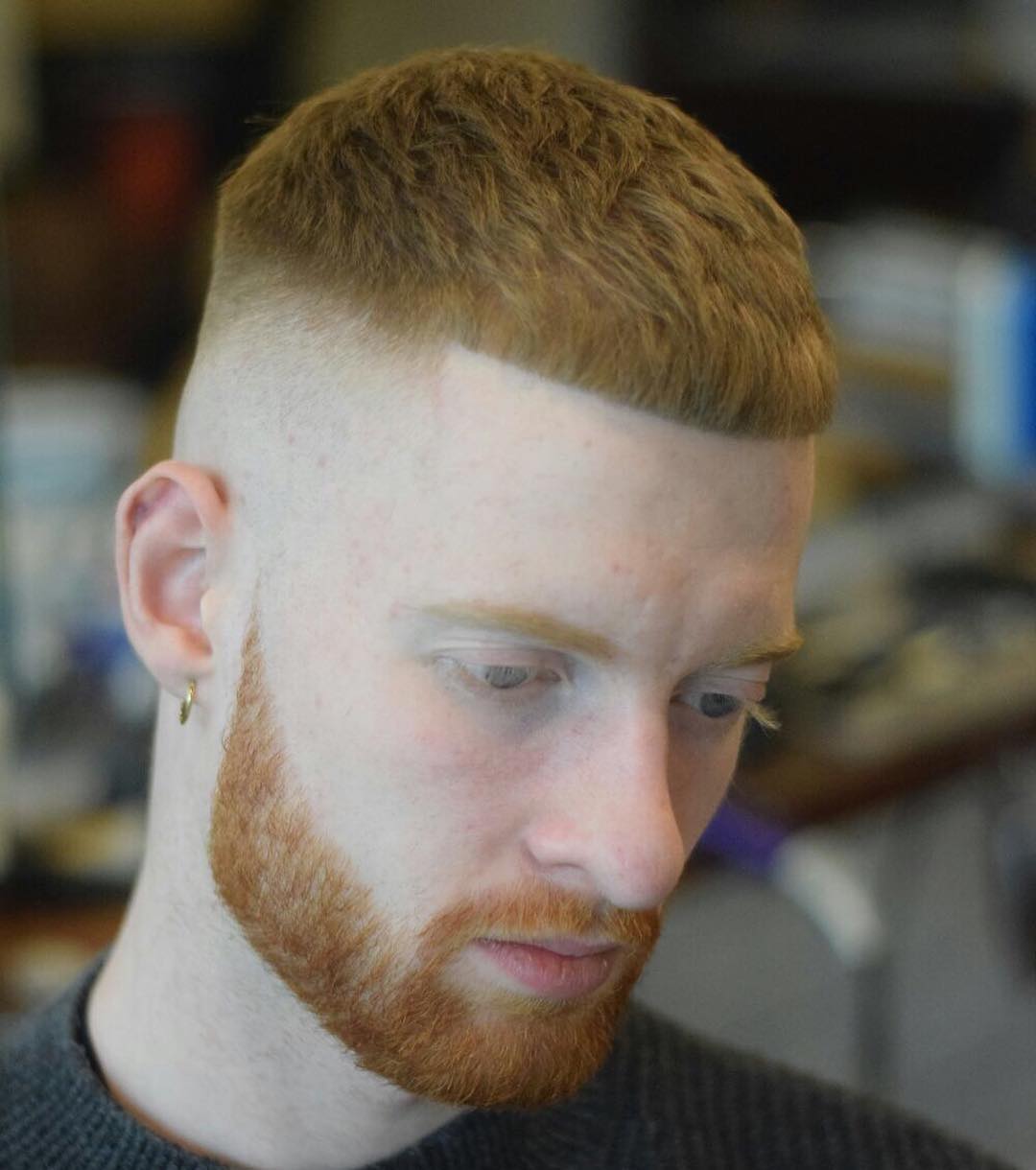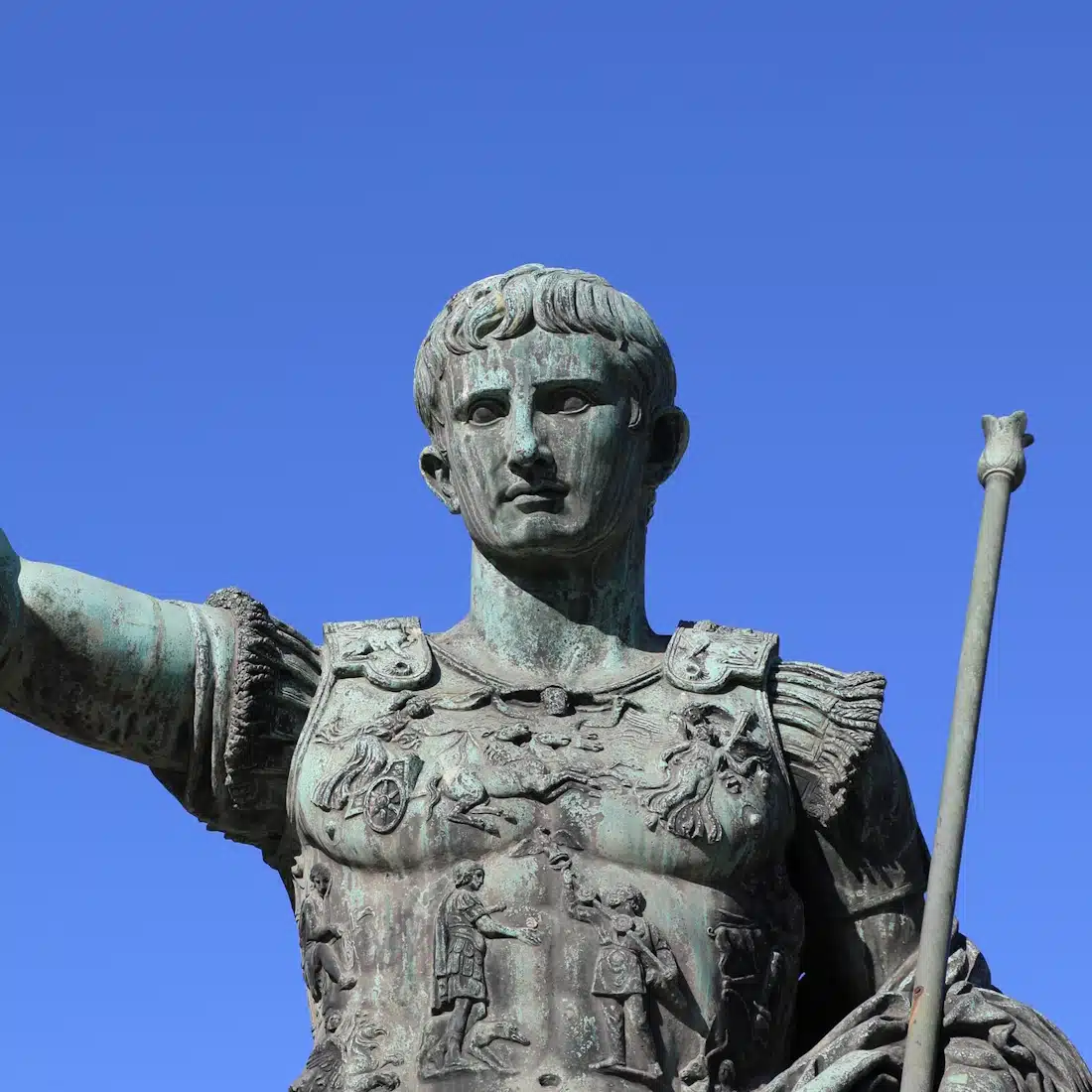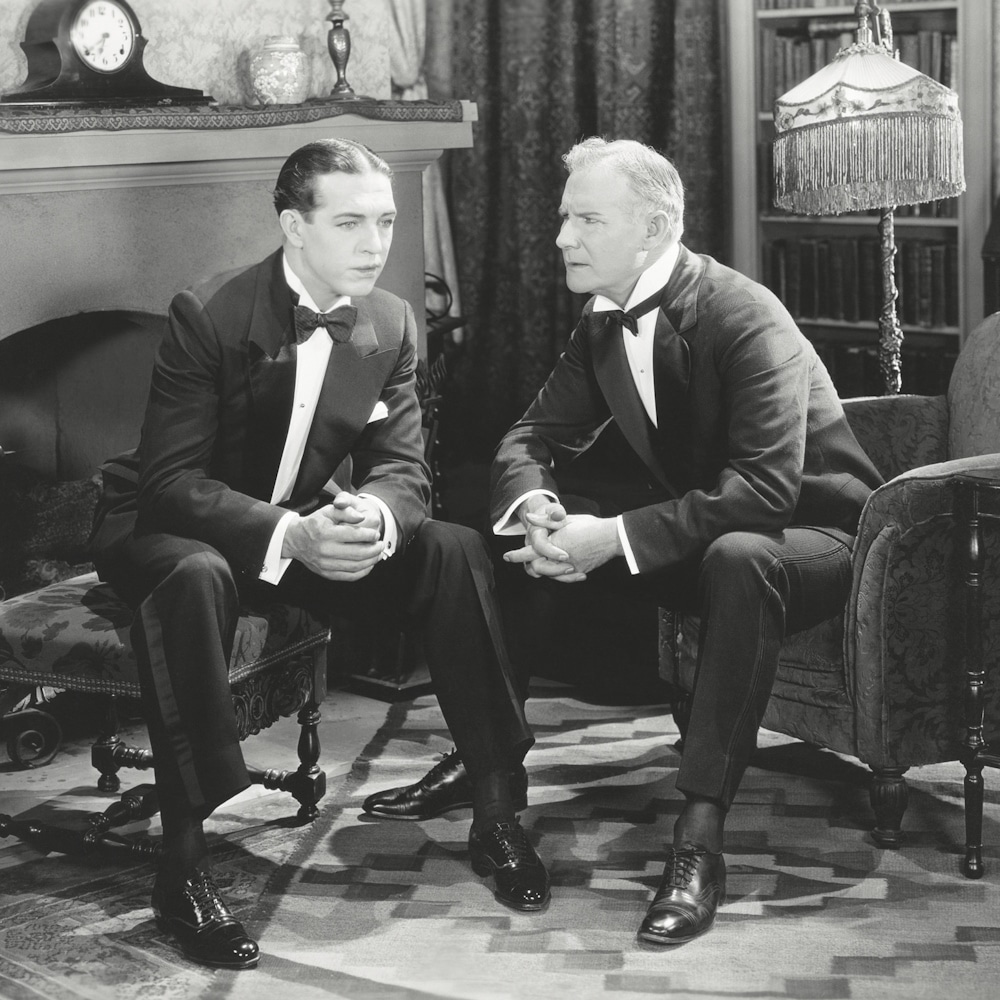The men’s bowl cut is what some might call “a choice”. But there’s more to it than you may think! Here’s everything to know about this particular look.

When you think of people who rock bowl-cuts, who do you think of? Perhaps Jim Carrey in the movie Dumb and Dumber? What about Spock from Star Trek? A more recent incarnation might be Will Byers from Stranger Things.
What is that one thing that ties all of this together? The greater imagination seems to link the cut to a retro aesthetic.
There’s also something anti-fashion about it, as few of the most popular icons who wear this cut are actual style icons. At least, they aren’t in the classical sense.
Still, the modern bowl cut is back, and it comes in a variety of remixes. Even more, it has a long and quite interesting history.
The Bowl Cut Men: What Is It Exactly?
What does a bowl cut look like? Well, as its name suggests, a bowl cut is a haircut in which the fringe, or bangs, goes all the way around the head at the same length — usually.
It looks as if you have a bowl on your head. In fact, barbers sometimes use a bowl during the cutting process. The barber places a bowl on your head and uses it to cut the excess fringe hanging past the bowl, stopping at the edge like a stencil.
Modern-day bowl cuts don’t always feature the same length all around. Sometimes, there’s a gradual lengthening towards the back while retaining the smooth edge of the fringe. Sometimes, it’s a two-tier bowl, as if the barber moved the bowl during the chopping process.
We’ll get to these variants, but first, some history.
The Origins of the Bowl Cut
The bowl cut existed in medieval times. It was a common look among the poor because it was easy to execute. Presumably, medieval barbers used a bowl as a cutting guide to achieve the look.
You could execute the look even without any real barber skills, without a comb, and for free at home. It was common all over Europe in the 12th century and well into the 15th century. In fact, Russian serfs, or estate laborers, wore this cut well into the 18th century.
The page boy is a similar cut, some would call it a variant, named after the medieval page boys who wore them. Like a traditional bowl cut, the front sports a straight, stark fringe.
However, it gets gradually longer in the back, as if the barber was moving the bowl closer to the neck as his blade traveled.
The back can also be abruptly longer than the front bangs. Imagine if the barber took a much longer bowl and cut the back but stopped by the ear area on both sides. Then, he replaced the longer bowl with a shorter bowl to cut the front fringe.
Because of these long-time cultural associations, the bowl cut was a sign of poverty in many cultures. It meant that whoever was wearing it couldn’t afford to get their hair cut professionally, especially so in the United States. Again, refer to the pop culture references I mentioned earlier.
But this wasn’t always the case. In certain artworks, Henry V is depicted as having a bowl cut.
In media, characters who were meant to be comedic, nerdy, or retro had this look.
But like combat boots and ripped jeans, even the bowl cut found its way into favor at certain times in history. It’s certainly different, and sometimes, fashion and style are simply about subverting the norms and going for what’s unique.
The Modern Bowl Cut and Modern Fashion
The bowl cut wasn’t popular in the United States as often as it was in Europe or Asia. Again, in the modern era, it’s become a joke. Moreover, there was a brief moment in the mid-aughts when it was unfortunately associated with certain hate groups.
These days, we know better than to make snap judgments about people’s morals simply based on their haircuts.
In modern history, the bowl cut was popular in the Swingin’ Sixties. This mainly came out of the London art and fashion scene and via The Beatles.
The most popular was the mop top variation, which didn’t feature a perfectly clean fringe and a messy, free-falling layered look. Each member of The Beatles sported different levels and versions of bowl cuts throughout their time in the spotlight. This, of course, included forays into the page boy look as well.
This made the cut popular among the arty set, as well as among fashionable “mod” women. It was avant-garde for men to wear such a messy look and for women to wear such a short “boy-like” haircut.
That through-line, a sort of impish, boyish carelessness, represented the spirit of the youth at the time.
From Then to Now
However, arguably, the bowl cut’s biggest moment was in the 1970s. At least, this was its biggest moment as far as runway-level fashion goes.
Iconic hairstylist Vidal Sassoon popularized the cut, ensuring every tastemaker was sporting it. He delved into geometric looks as early as the ‘60s. That’s when he started putting the bob cut on fashionable women throughout London and New York.
Though it wasn’t as common, men started to wear this cut too.
In fact, even those who weren’t wearing the severe bangs of a traditional bowl cut were doing something in between a ‘60s mop top and a traditional side part. Think seventies leading men like Robert Redford.
Young boys in the 1970s sometimes wore extra-long bowl cuts, which was unprecedented. This was a time when men’s hair was just getting longer and longer.
Now fast-forward to today. In the past few Fashion Weeks, hairstylist Guido Palau started bringing the bowl cut back. It’s definitely not a “classic men’s look” the way a short side part is, but there are ways to make it your own.
Who Should Wear a Bowl Cut?
For those with longer, narrower faces, a blunt bowl cut brings balance to the face. If you have a shorter or heart-shaped face, a longer cut that gradually lengthens towards the back creates a flattering frame.
For a round face, a shorter cut with some layers up front can add structure to your head. For those of you with square-shaped faces, you can do one of two things.
Add layers so that both your face and your hair flaunt structure. Or, go for a longer cut to soften your face.
Ultimately, it’s all about preference. You’ll know when you look in the mirror whether or not you like what you see.
Benefits of the Bowl Cut
The bowl cut is pretty customizable, which you now know. We’ll get into some variants momentarily.
It’s also a practical cut that requires little maintenance. Even if you choose one of the more complex cuts, your barber will do all of the work.
You’ll usually just have to comb it in place — if even.
5 Types of Bowl Cuts
There are a lot of good bowl cuts available. It all depends on your style!
Bowl Cut Fade
A bowl-cut fade is one in which the sides gradually get shorter from the top to the bottom, hence the fade.
This can be dramatic, with the fade starting underneath the fringe all around.

Or, it can start from the fringe with a real shortcut for a close-to-scalp look.
Bowl Cut Taper
A bowl-cut taper means that the fade starts from the fringe. So technically, the shortcut mentioned above can fit here too.
However, it can also apply to longer cuts for a less dramatic bowl that suits more conventional tastes.
Moptop
The moptop, as mentioned, is a messy bowl cut.
You can add texture to the top and the fringe for a carefree aesthetic. If you have thick, soft, straight hair, your locks may just do this naturally.
Long Bowl Cut For Men
The long bowl-cut male version (because ladies can wear it too) is very ‘70s.
It’s like a really long pageboy cut. The fringe just goes all the way around your head, gradually getting longer in the back.
Mushroom Hair Cut
Often associated with the bowl cut, the mushroom haircut may or may not fall into the same category. It depends on how you style it. Whether you think it’s a variant or a distant cousin, they have a lot in common.
The mushroom is just dramatically thicker around the fringe than on the sides, creating a mushroom-like silhouette.
A version of this, with a middle part, was popular among teen heartthrobs in the ‘90s.
Conclusion: A Particular Look for Particular Tastes
Bowl-cut men tend to be a bold breed, particularly the guys who go for the more dramatic looks. If that’s you, more power to you!
If you’re more conventional, you can always add a taper and a part and call it a day!
Have you ever worn a bowl cut? Would you ever try? Let me know in the comments!



